Process of the Nitrogen Cycle:
Nitrogen Cycle is an important Biogeochemical Cycle. Nitrogen makes up 78.1% of the atmosphere by volume, so the atmosphere is a vast storage pool in this cycle.
Carnivores feed on herbivores that, in turn, feed on plants. When animals defecate, this waste material is broken down by worms and insects, mostly beetles and ants. These small ‘soil animals’ break the waste material into smaller bits on which microscopic bacteria and fungi can act. This material is thus broken down further into nutrients that plants can absorb and use for their growth. In this manner, nutrients are recycled back from animals to plants. Similarly, the bodies of dead animals are also broken down into nutrients that are used by the plants for their growth. Thus, the nitrogen cycle, on which life is dependent, is completed i.e.
- Ammonification- The dead remains of animals and plants are decomposed through microbial activities to produce ammonia (NH3).
- Nitrification- Here, ammonia is rapidly converted first to nitrites (NO2), and then to nitrates (NO3). The conversion of ammonia to nitrite is carried out by bacteria Nitrosomonas, and of nitrite to nitrate by Nitrobacter. Now, nitrate is available to the plant.
| 2NH3 + 3O2 —-Nitrosomonas——> 2NO2– + 2H+ + 2H2O 2NO2– + O2 —-Nitrobacter——> 2NO3– |
- Denitrification- When nitrate (NO3) may convert into N2 gas by bacteria Pseudomonas. This nitrogen gas may be again fixed in the form of NH4+ through the process of biological nitrogen fixation.
Human activities such as agriculture and industry add more nitrogen to the system, disrupting the nitrogen cycle. At present rates, nitrogen fixation from human activity nearly equals all-natural biological fixation; and usable nitrogen is accumulating, resulting in a number of negative effects. Nitrous oxides in the atmosphere (NO and NO2), formed by fuel combustion, contribute to climate change. Industrially emitted nitrogen may fall back to the surface as acid rain, harming plants, corroding buildings, and acidifying soils, lakes, and streams. Reactive nitrogen is also transferred from the land into rivers, where it reduces biodiversity, and then to the seas and oceans, where it can create zones devoid of life. These problems will worsen in years to come due to the fact that industrial fixation of nitrogen in fertilizer manufacture is currently doubling about every six years. The global impact of such large amounts of nitrogen reaching rivers, lakes, and oceans remains unknown.
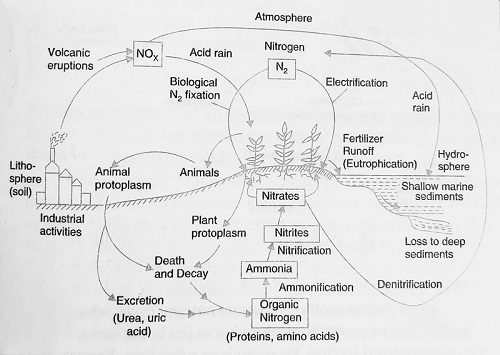
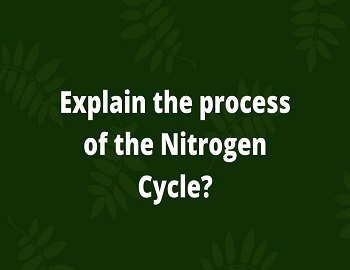

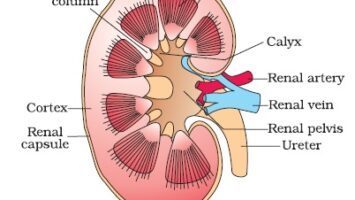
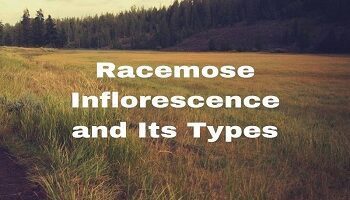

![Water Cycle In Nature [Hydrological Cycle] 8 water cycle in environment](https://gkscientist.com/wp-content/uploads/2020/09/water-cycle-in-environment-350x200.jpg)

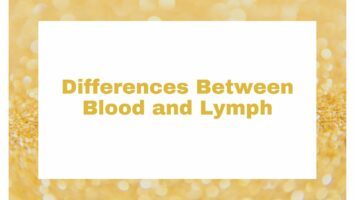

Comments (No)